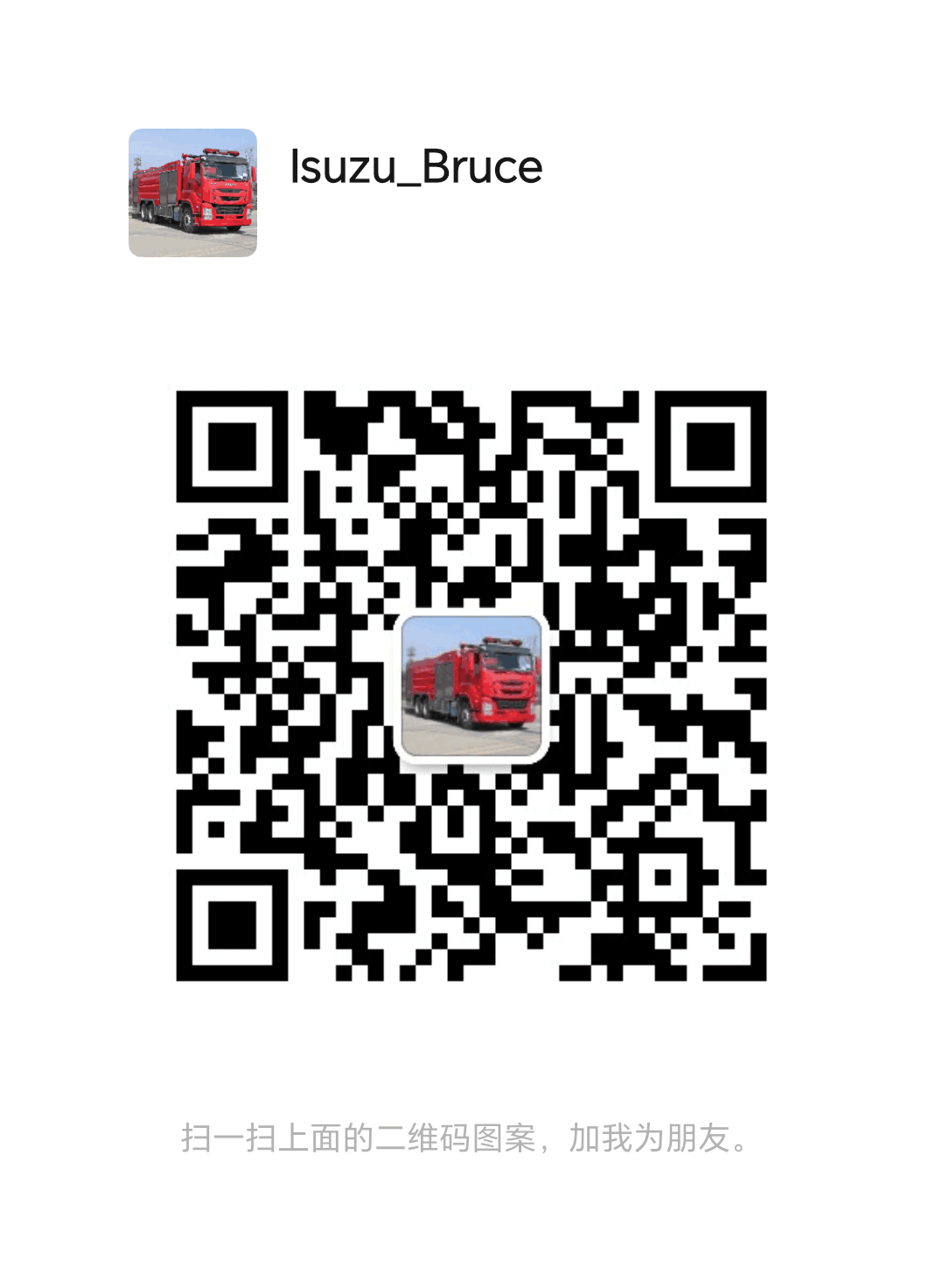


Maintaining Isuzu fire trucks is crucial as these vehicles play an important role in rescue and firefighting during emergencies. With regular maintenance, we can ensure that our fire trucks remain in reliable condition and extend their service life. Maintenance can also improve the safety and performance of your vehicles and ensure they meet regulatory standards. Only through maintenance can we ensure that fire trucks can perform optimally at critical moments and protect people's lives.
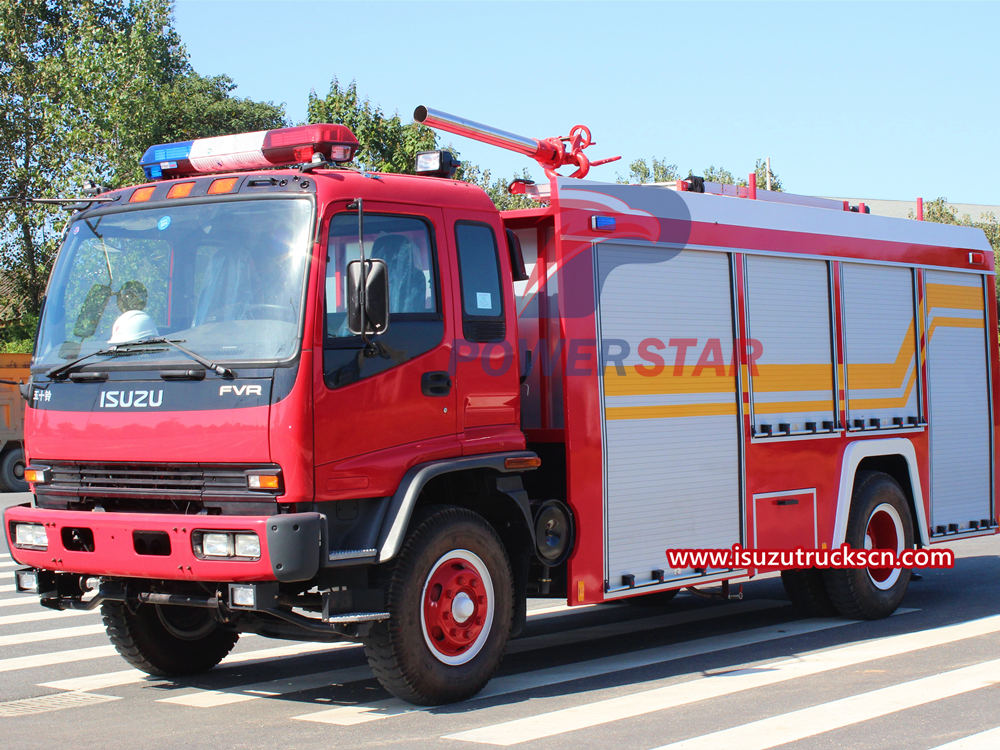
In order to ensure the normal operation of the fire truck, we need to carry out the following inspections and operations:
1. Alarm function of fire shutter controller.
Operation steps and methods: Use test tools or add smoke and heat to make the smoke and temperature detectors loaded by the fire shutter controller send out smoke and temperature fire alarm signals respectively, and observe the actions and actions of the fire shutter controller. Signal display situation.
Inspection standard requirements: The fire shutter controller should be able to directly or indirectly receive fire alarm signals from fire detectors or fire control equipment and send out audible and visual alarm signals.
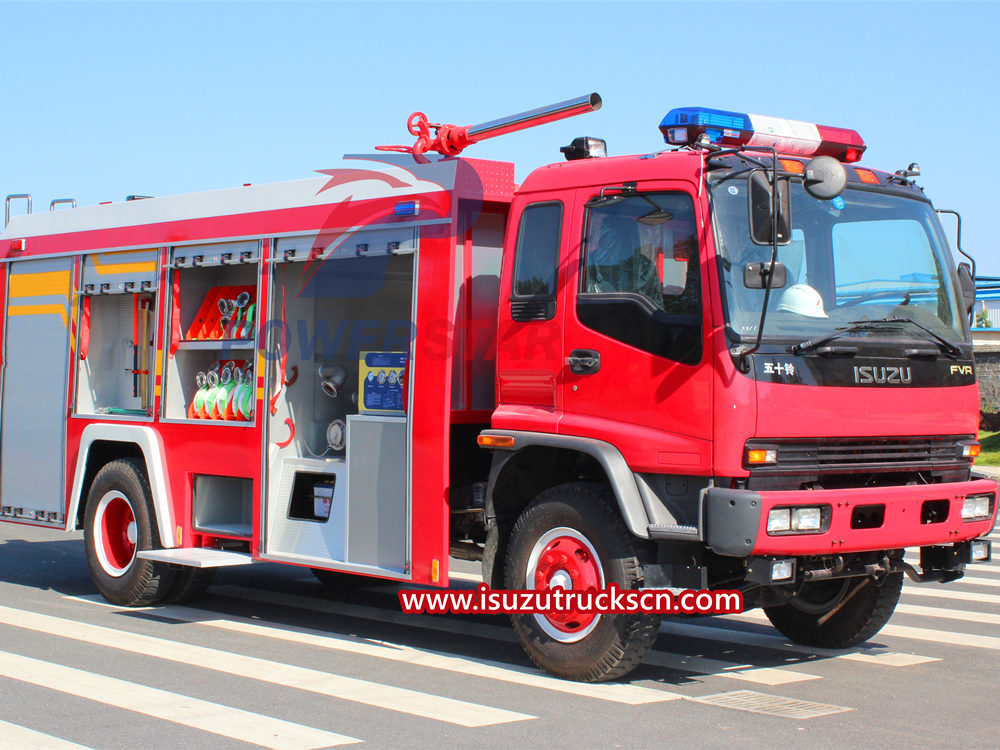
2. Manual control function of fire shutter controller.
Operation steps and methods: Operate the manual control button of the fire shutter controller and observe the descending, stopping, rising and other actions of the fire shutter.
Inspection standard requirements: The manual operation of the fire shutter controller to lower, stop, and rise the shutter should be normal, and the fire shutter signal display on the fire control equipment should be normal.
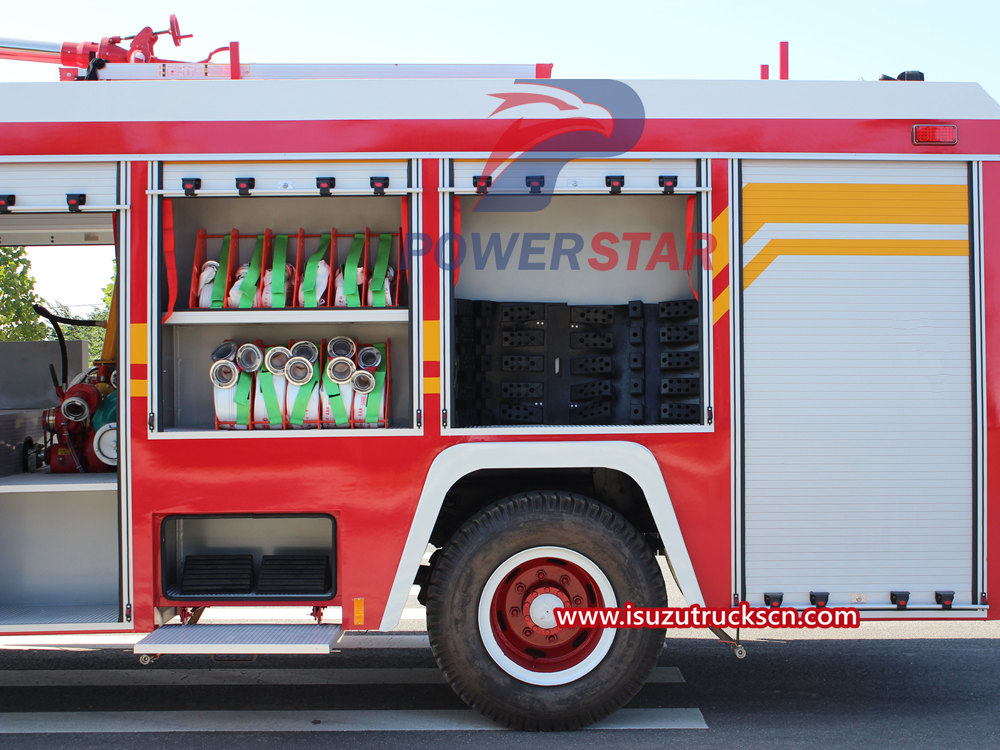
3. Start on site.
Operation steps and methods: Manually activate the inner and outer manual control buttons of the 2 fire-proof roller shutters at random on site, and observe the action of the fire-proof roller shutters and the signal display of the fire control equipment.
Inspection standard requirements: Manually activate the inner and outer manual control buttons on site, make the fire shutter rise, stop, and fall normally, and feed back its action signals to the fire control equipment in the control room.
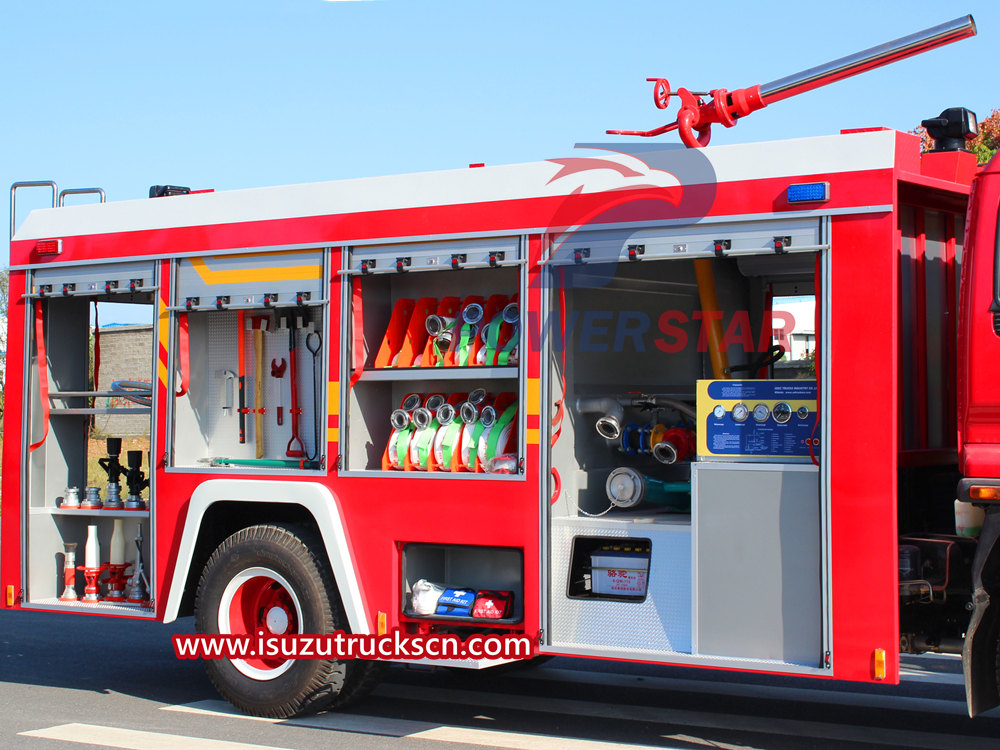
4. Remote start.
Operation steps and methods: Manually start the fire shutter control device on the fire control equipment in the control room, and observe the action of the fire shutter and the signal display of the fire control equipment.
Inspection standard requirements: Manually start the fire shutter control device on the fire control equipment in the control room. The fire shutter stops, drops and other actions are normal, and its action signal is fed back to the fire control equipment in the control room.
5. Automatically start.
Operation steps and methods: Use special testing tools or use methods of adding smoke and heating to make the smoke and temperature detectors of the fire detector group emit smoke and temperature simulated fire signals respectively, and observe the action of the fire shutter and fire control equipment Signal display situation.
Inspection standard requirements: For fire-proof roller shutters used to separate fire protection zones, when the smoke and heat detectors of the fire detector group send out fire alarm signals respectively, the fire-proof roller shutters are lowered from the upper limit to the lower limit and fully closed. Feedback its action signal to the fire control equipment in the control room. Fire-proof roller shutters are used for evacuation passages and exits. When the smoke detector sends out a fire alarm signal, the fire-proof roller shutters are positioned from the upper limit to 1.8m, and feed back the median signal to the fire control equipment in the control room. When the smoke detector sends out a fire alarm signal, After the temperature detector sends an alarm signal, the fire-proof rolling shutter drops from the middle position to the lower limit position and is fully closed, and feeds back the fully-closed signal to the fire control equipment; or after the fire-proof rolling shutter controller receives the fire alarm signal, it controls the fire-proof rolling shutter to automatically lower It stops at 1.8m above the ground. After a delay of 5s-300s, it continues to descend to fully closed and feeds back the action signals of each part to the fire control equipment.
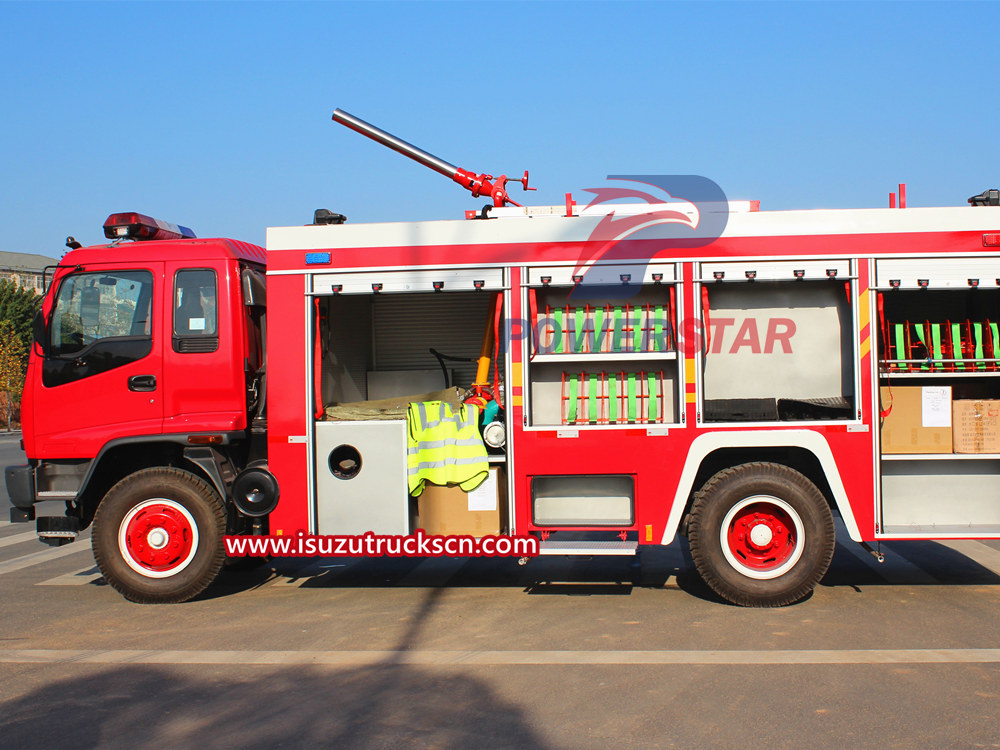
6. Appearance inspection.
Operation steps and methods: Manually start the fire-proof rolling shutter, and observe the smooth operation performance, opening and closing speed, noise and contact with the ground of the fire-proof rolling shutter.
Inspection standard requirements: The guide rail of the fire-proof roller shutter should run smoothly, and derailment and obvious tilting are not allowed; the two curtain surfaces of the double-curtain roller shutter should rise and fall at the same time, and the height difference between the two curtain surfaces should not be greater than 50mm. . The electric opening and closing speed of the vertical rolling shutter should be 2m/min-7.5m/min; the average noise of the rolling shutter opening and closing operation should not be greater than 75DB; when in contact with the ground, the seat plate and the ground should be parallel, and the contact should be even. No tilting allowed.
7. Manual quick release device.
Operation steps and methods: Pull the manual quick-release device and observe whether the fire-proof roller shutter has the function of constant speed descent under its own weight.
Inspection standard requirements: The fire-proof roller shutter door machine should have a constant-speed descending function relying on the weight of the fire-proof roller shutter, and its arm strength must not be greater than 70N.




